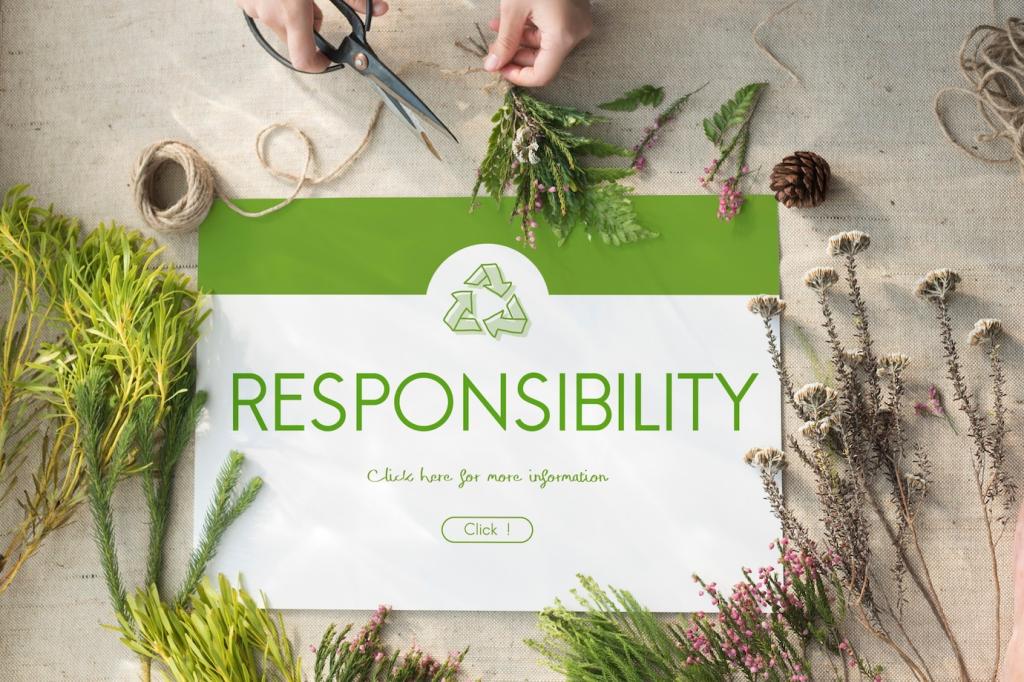A Tiny Tale: How Maya and Theo Cut Their Footprint in Half
Their ridge faces south, insulation is cellulose, and windows are tempered by deep eaves. They traded a second loft for a plant ledge, because morning tea under vines mattered more than storage. Energy bills now read like gentle whispers.
A Tiny Tale: How Maya and Theo Cut Their Footprint in Half
A neighbor lent scaffolding, another milled a fallen ash tree into trim. When rain delayed siding, they hosted a tool-swap potluck. The house took longer; the community grew stronger, proving sustainability is social glue, not just technology.







